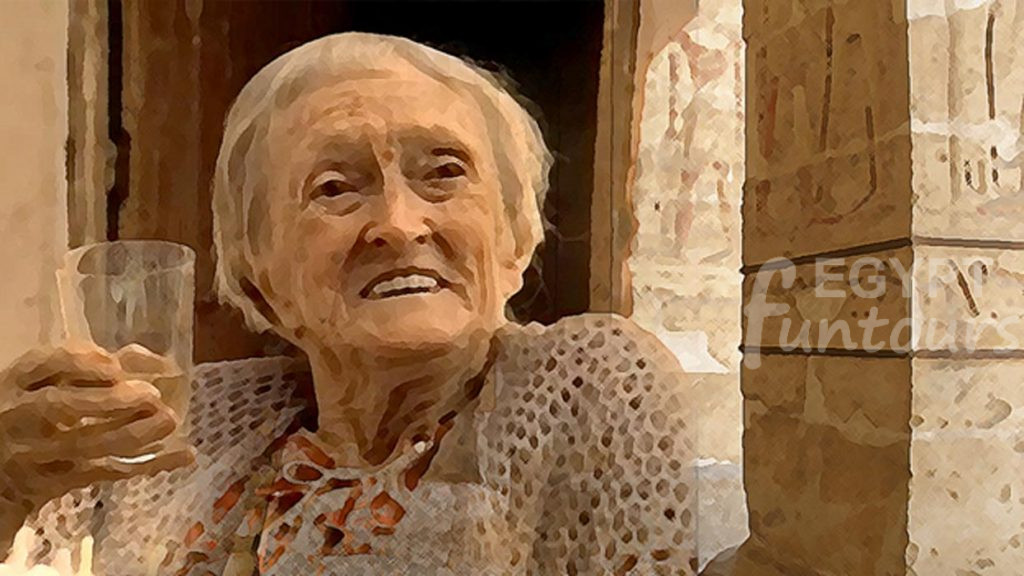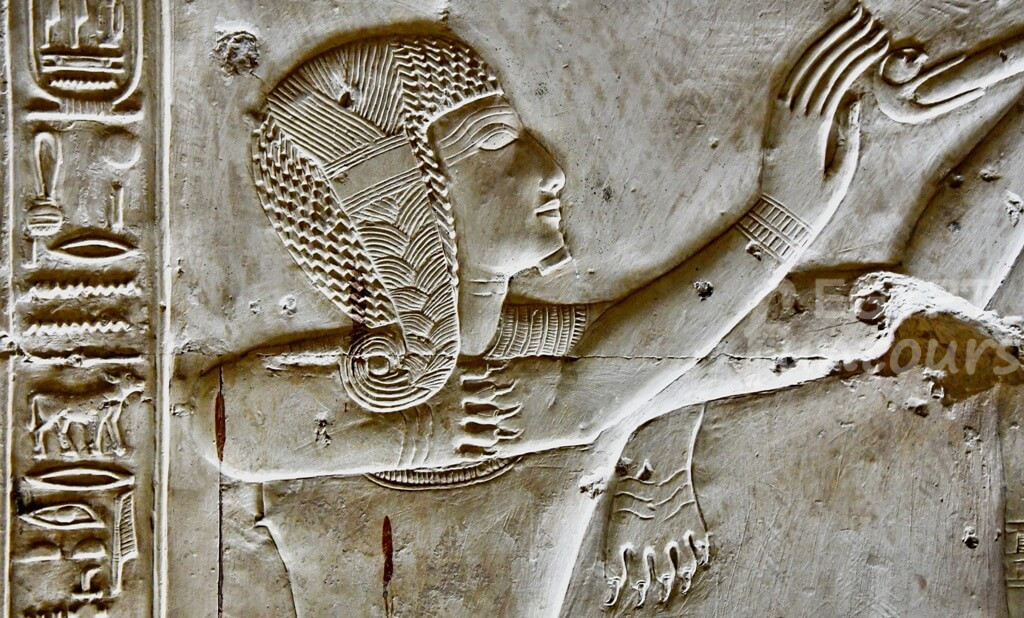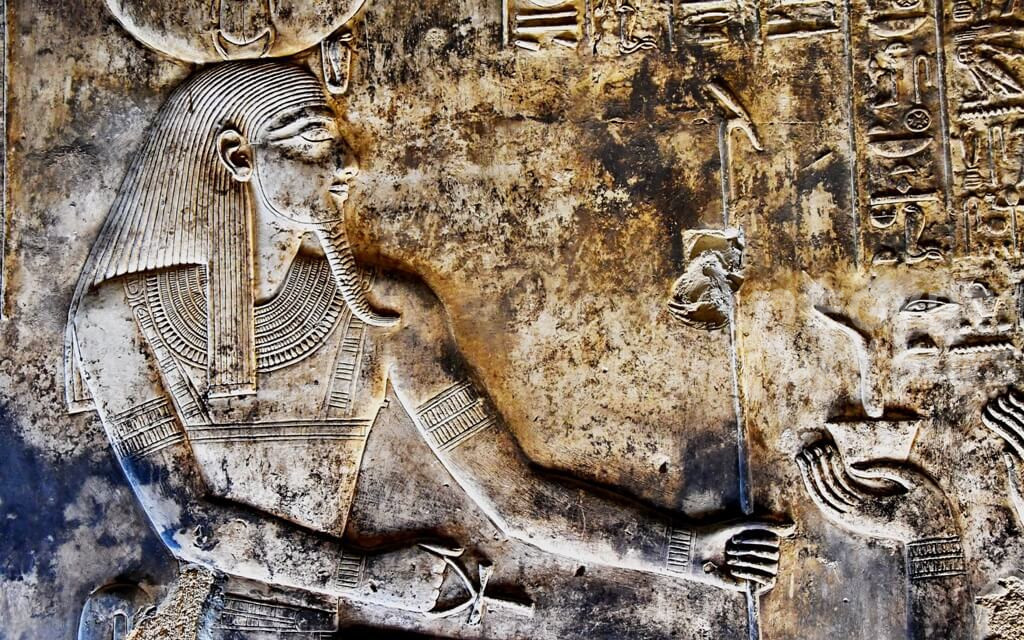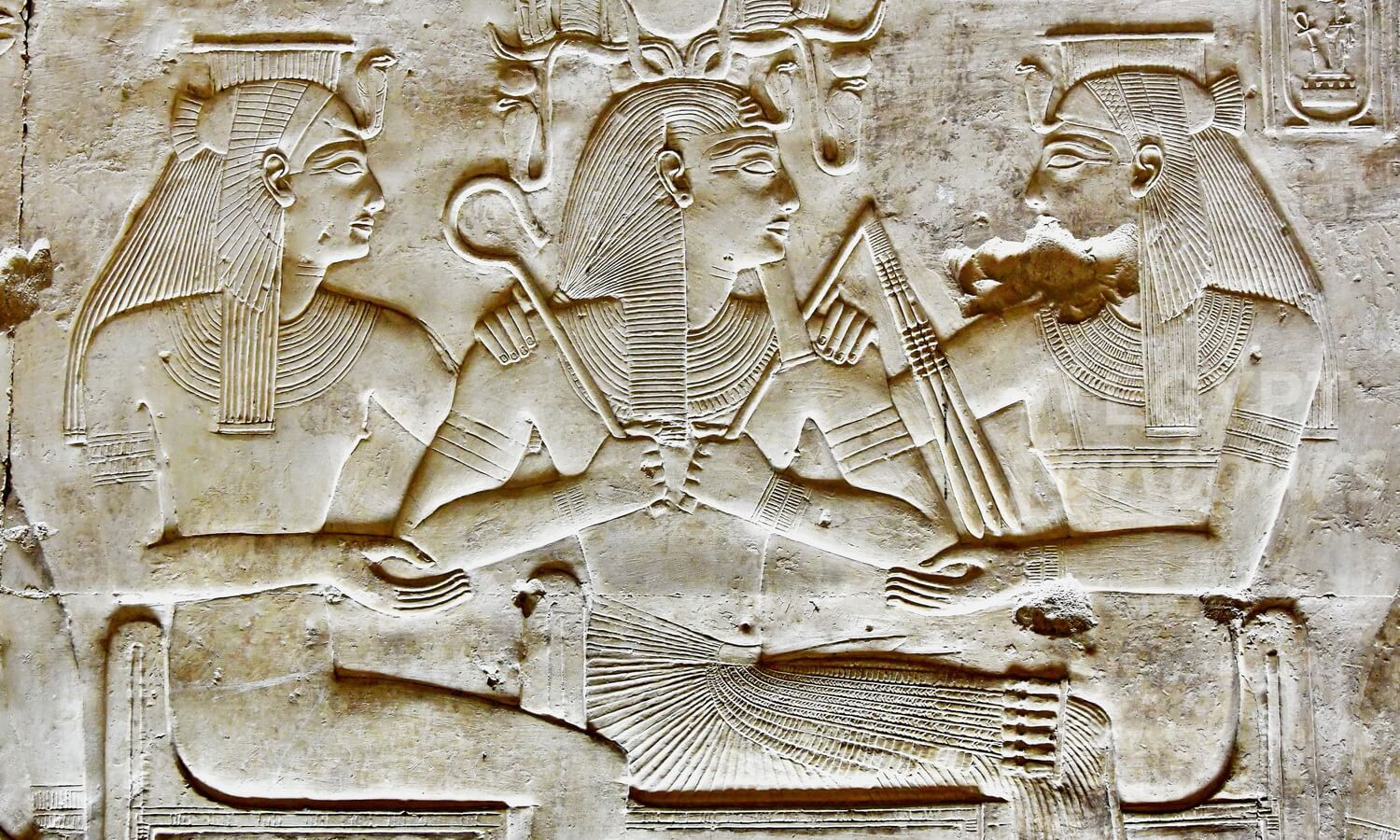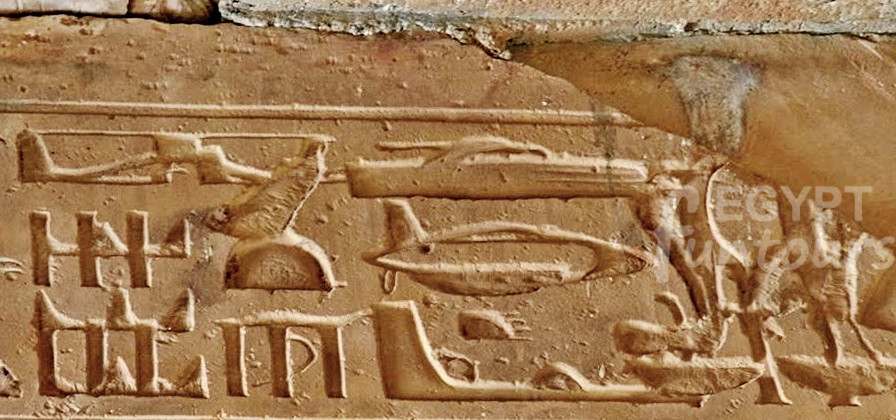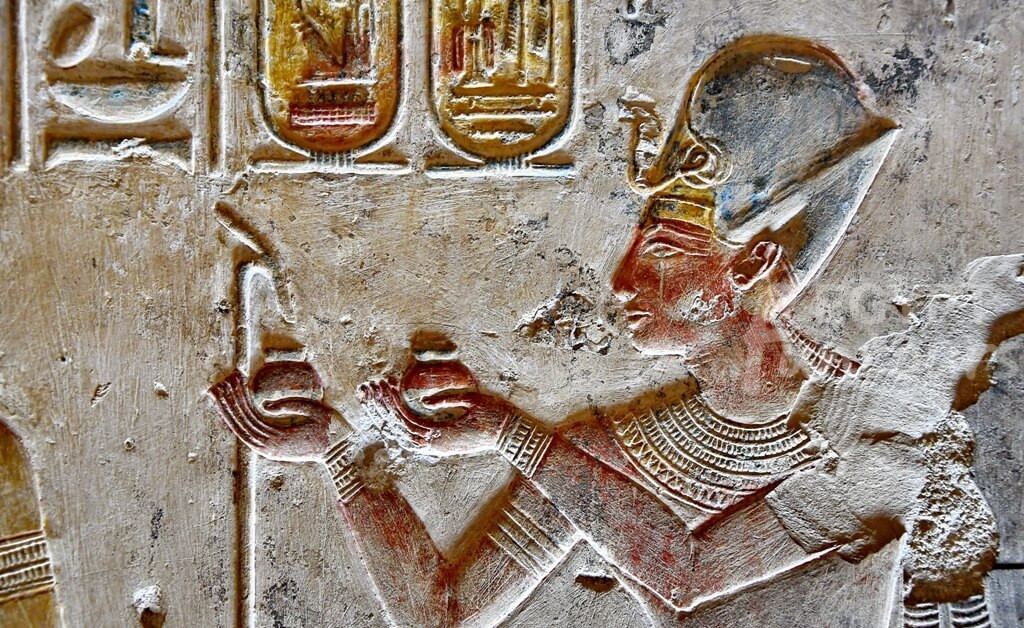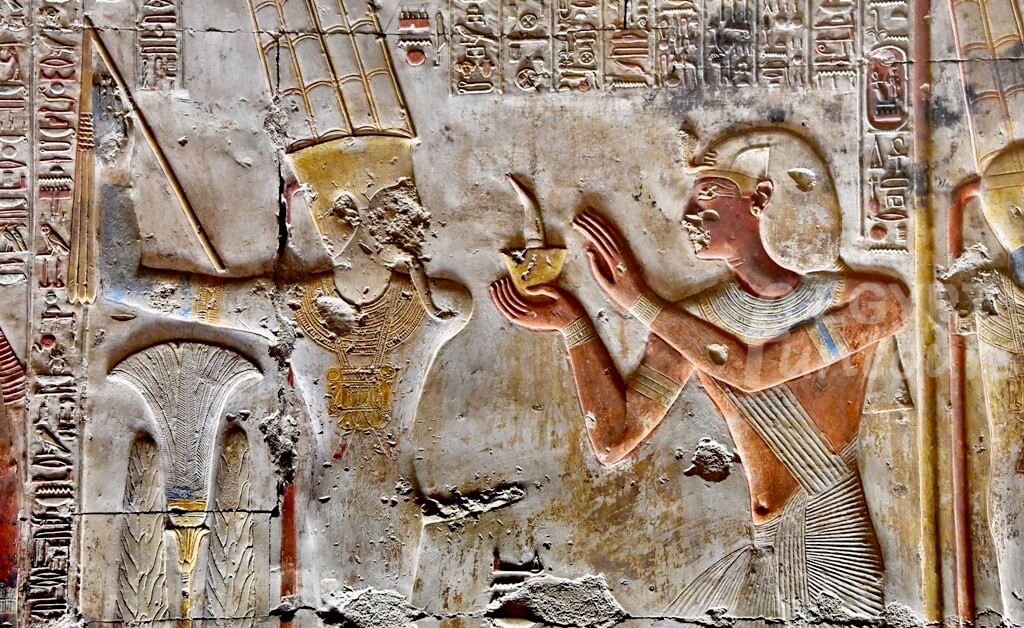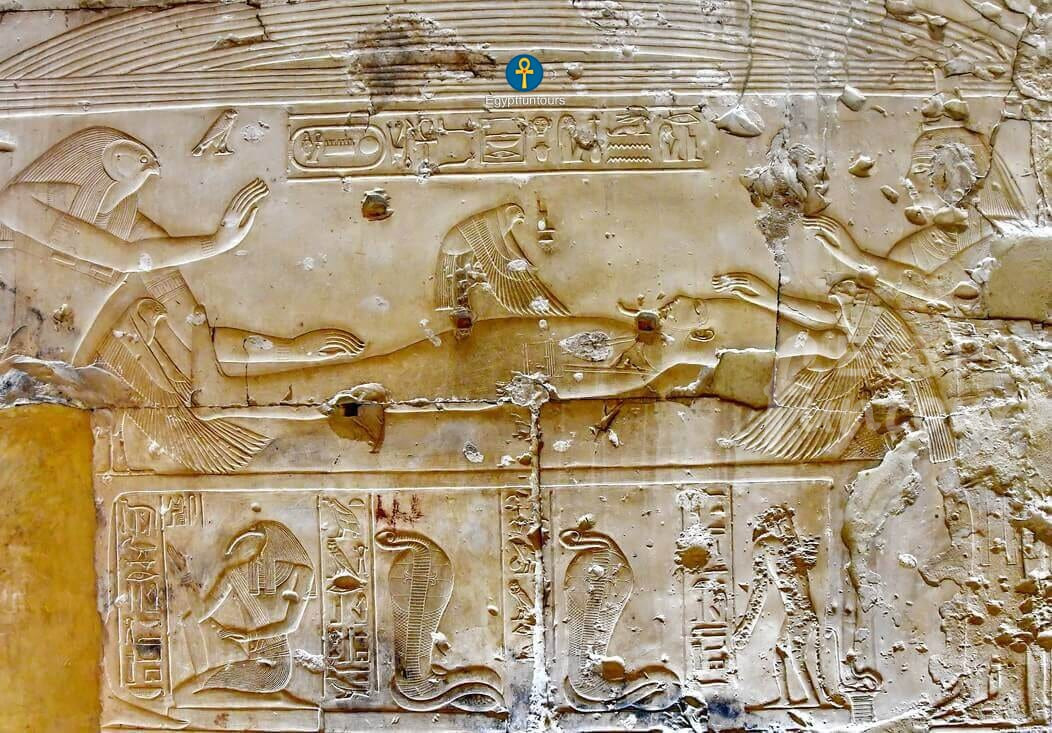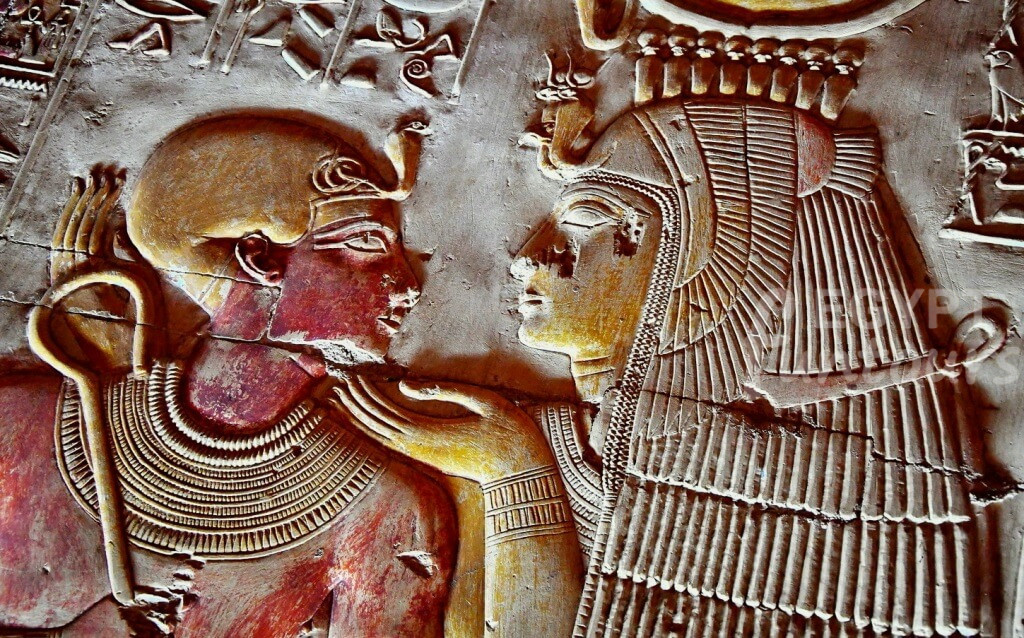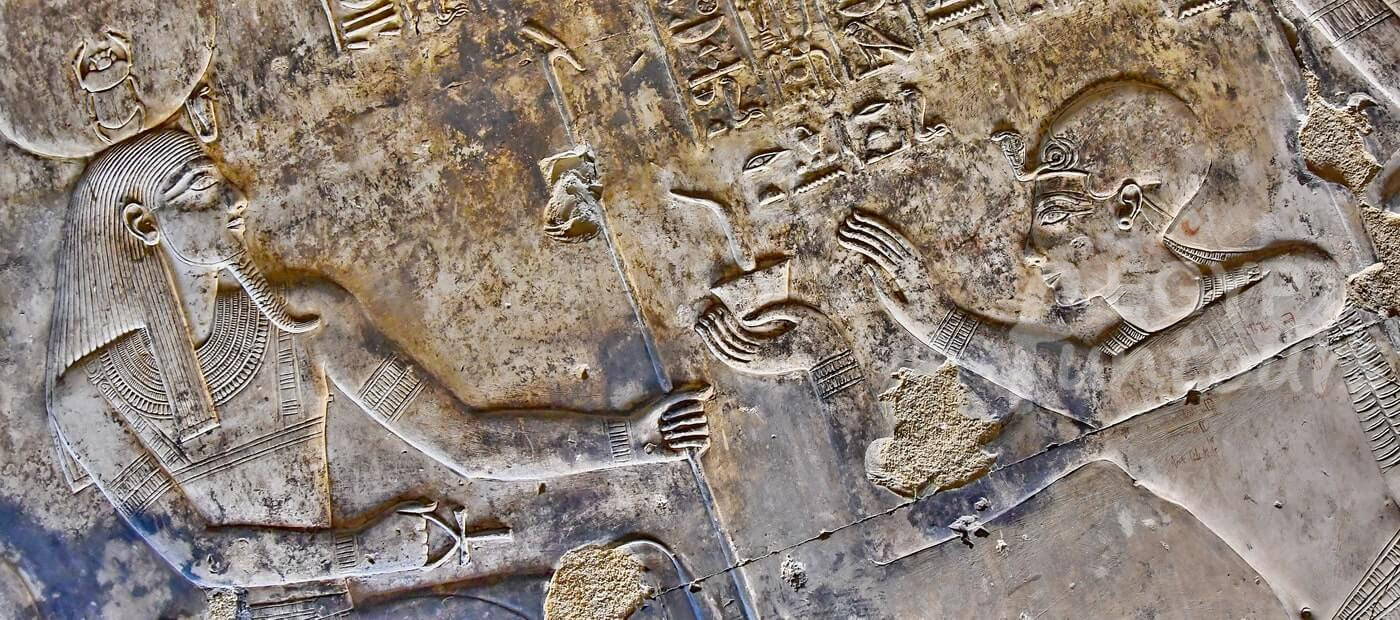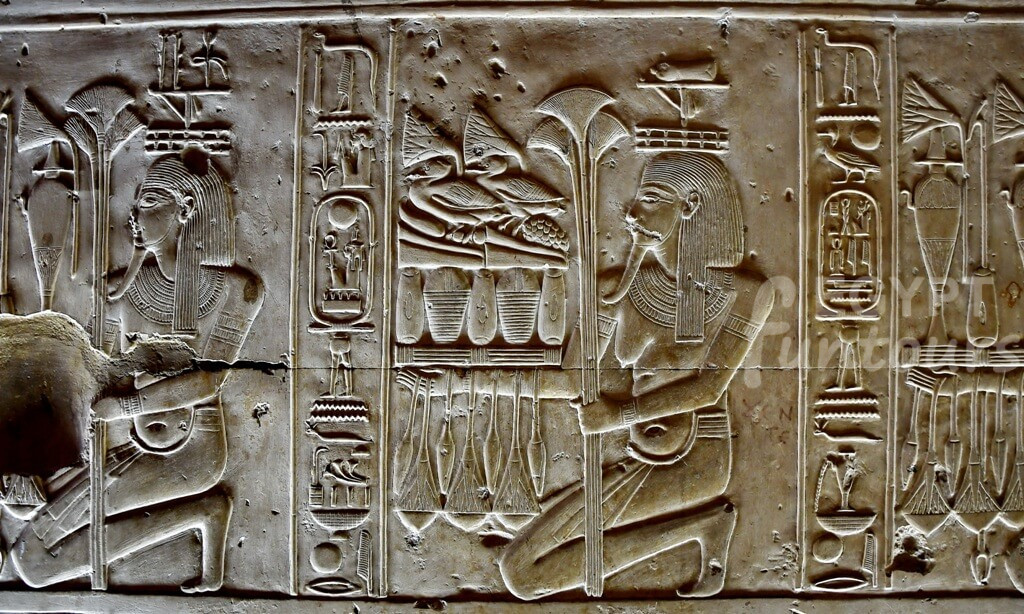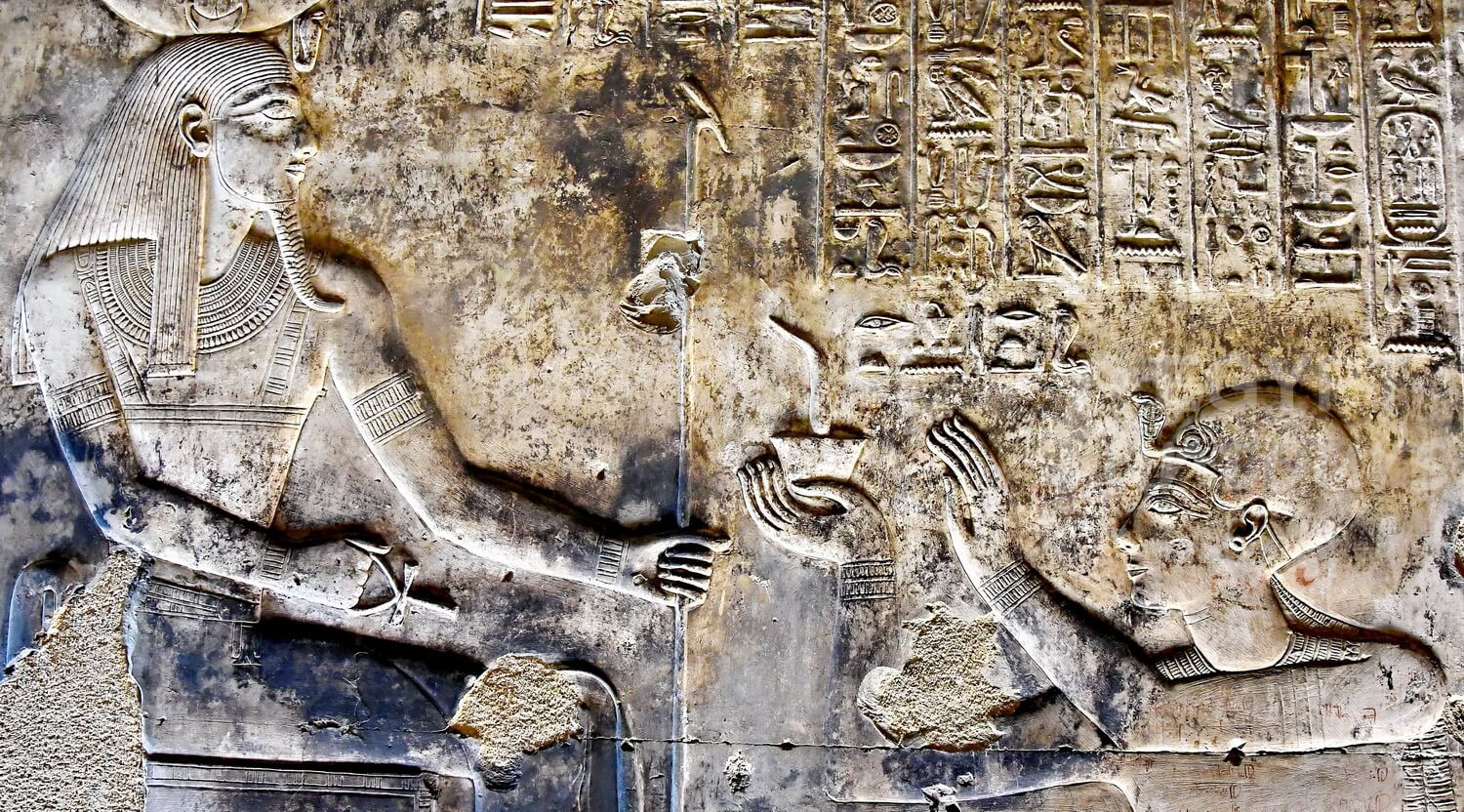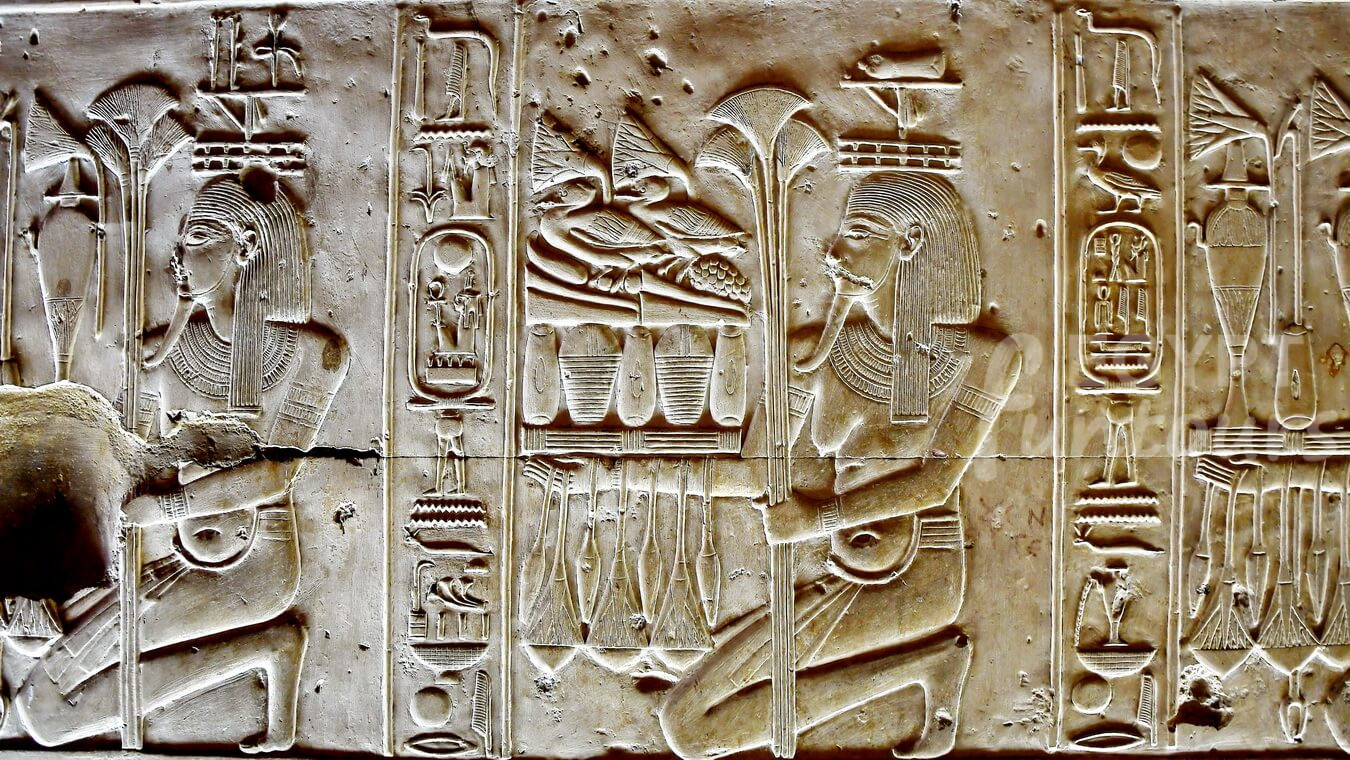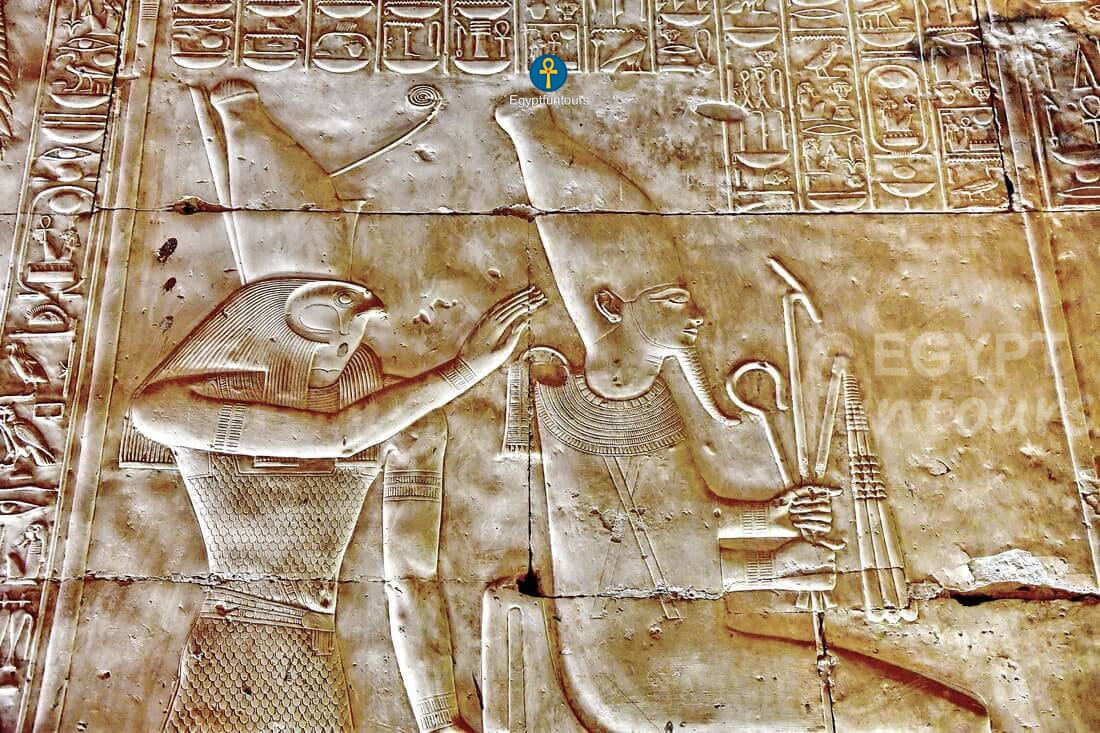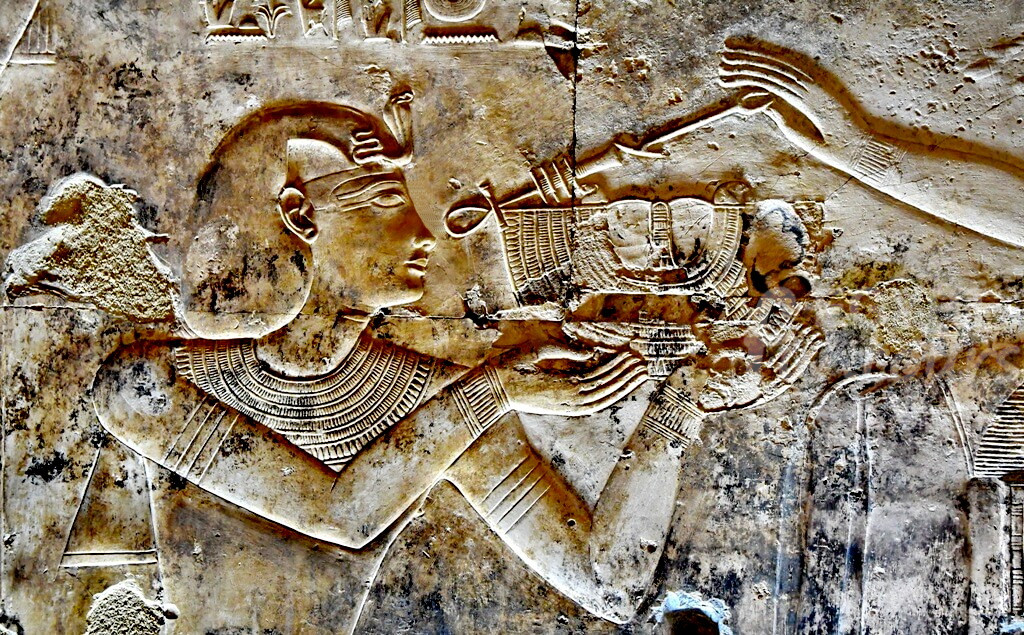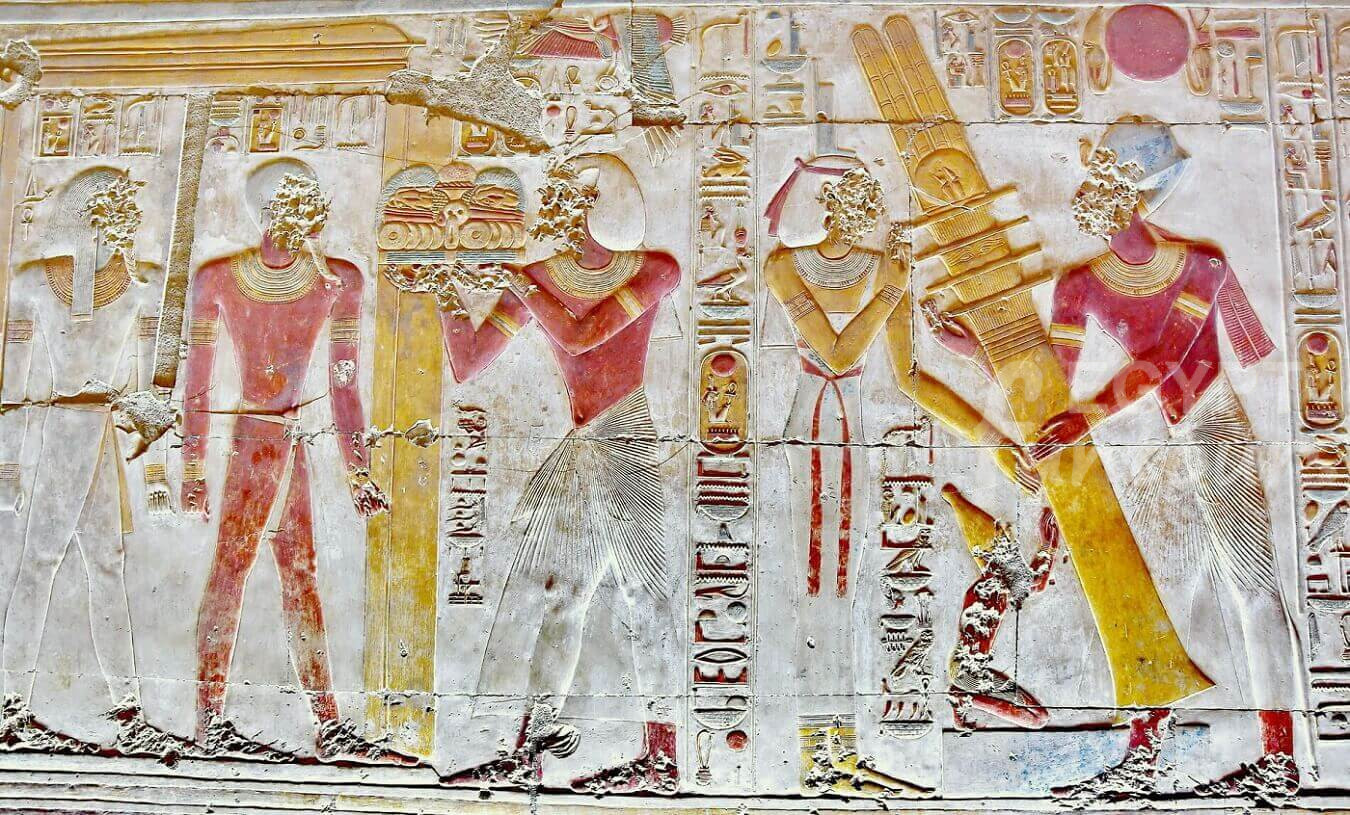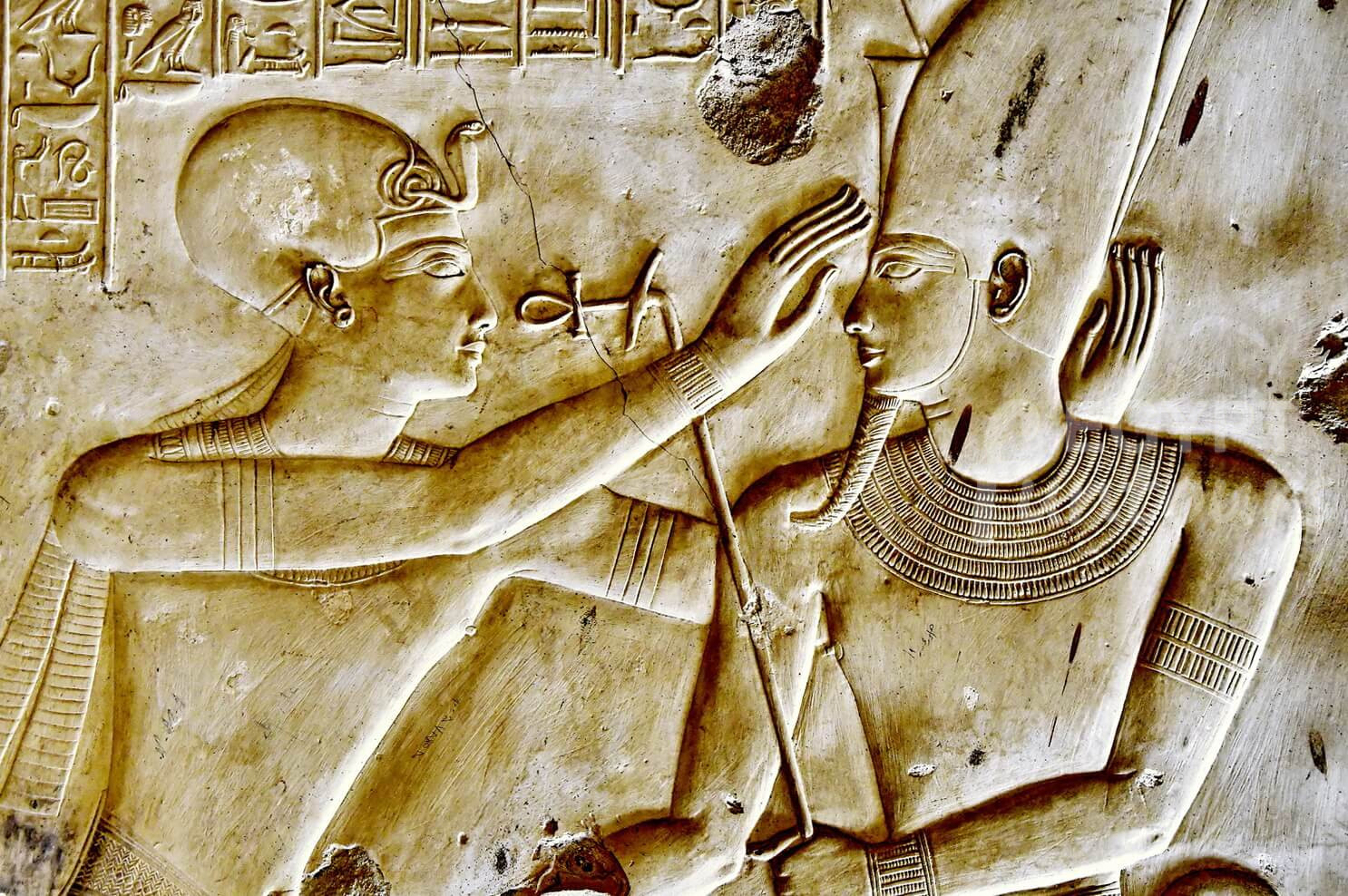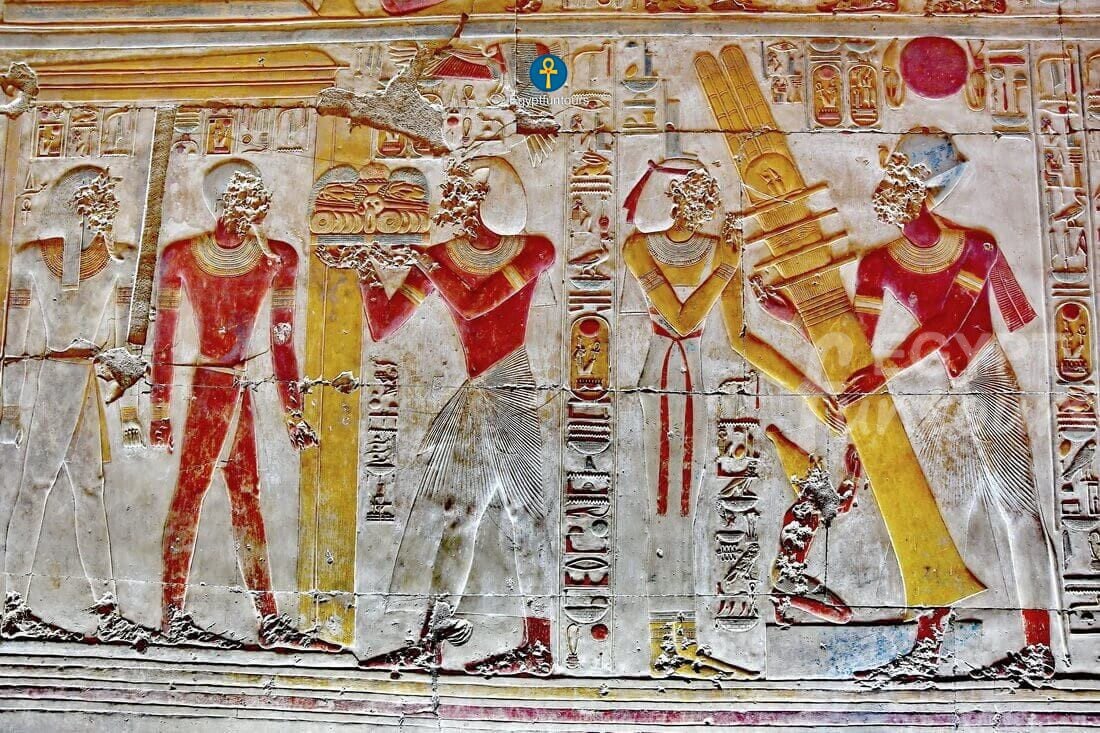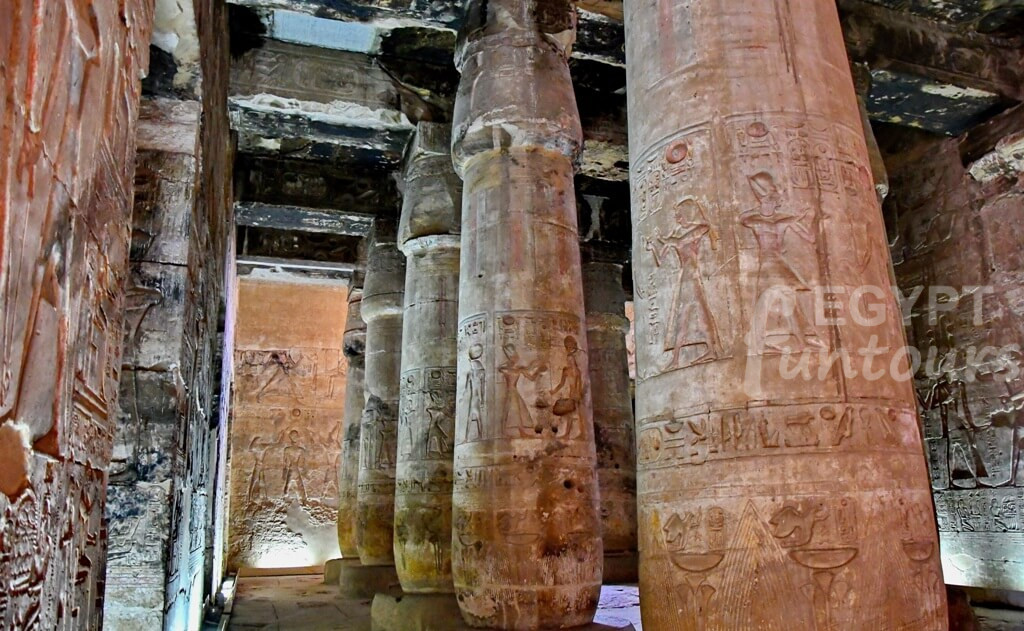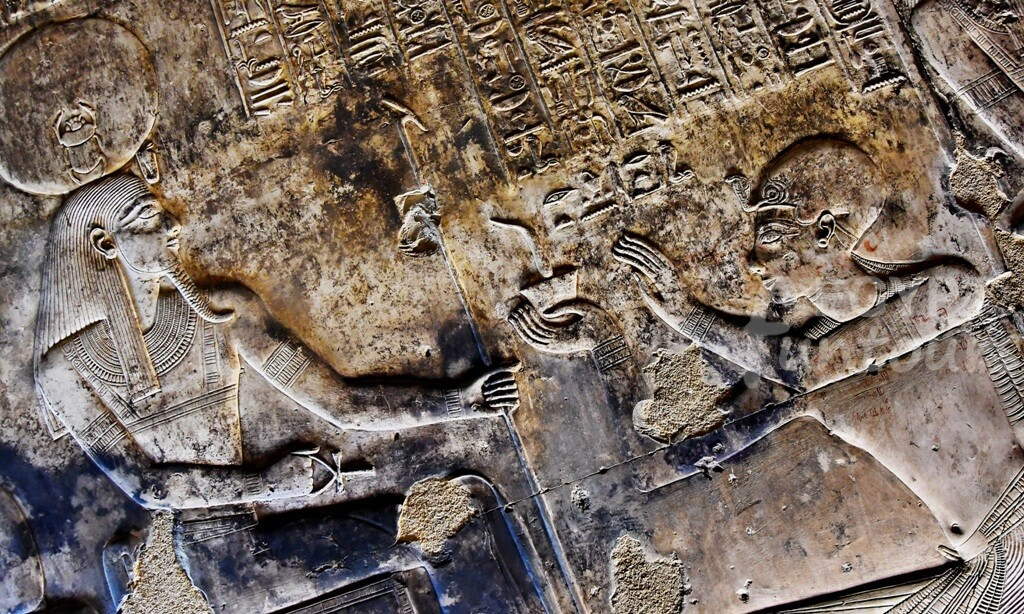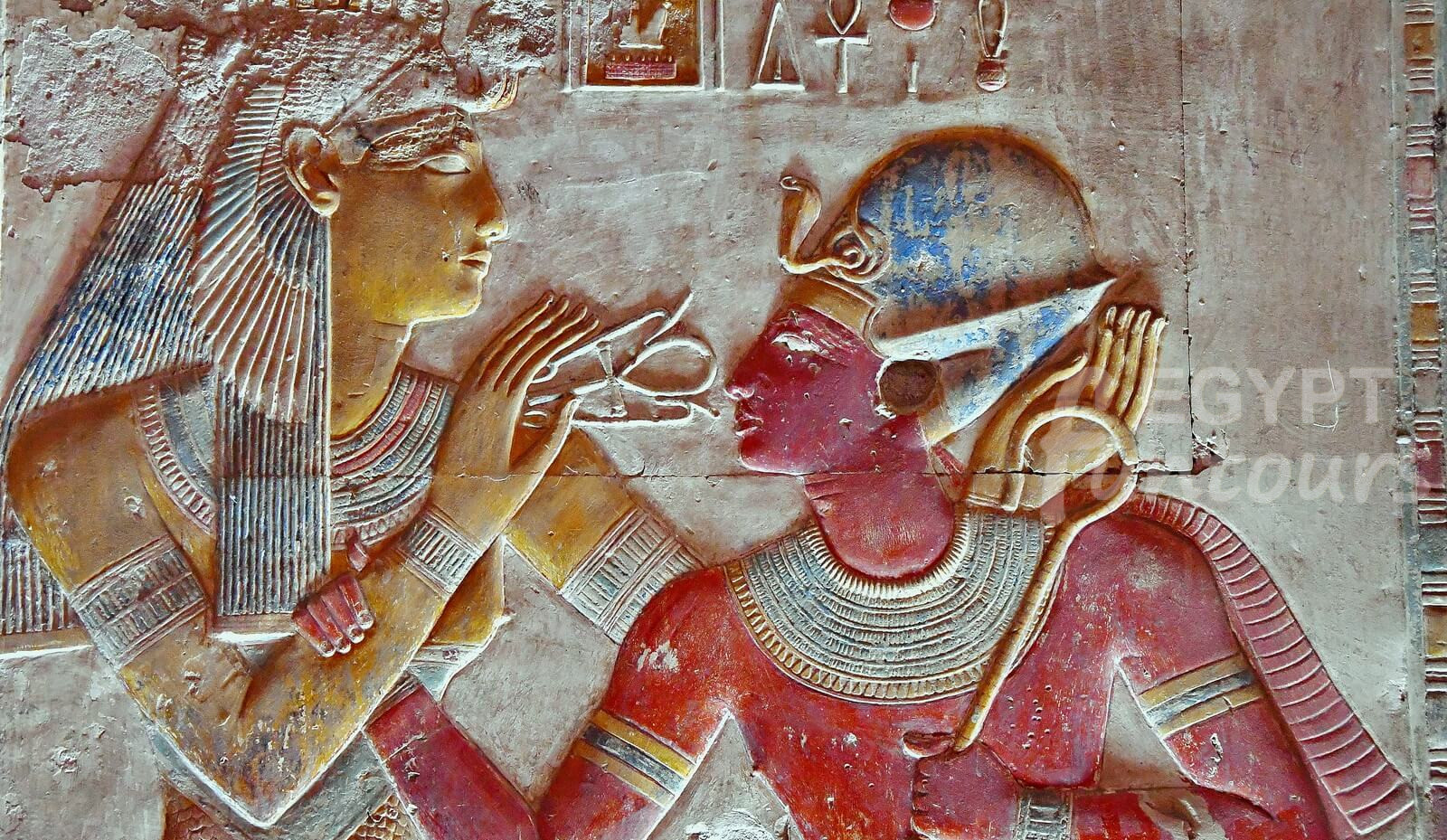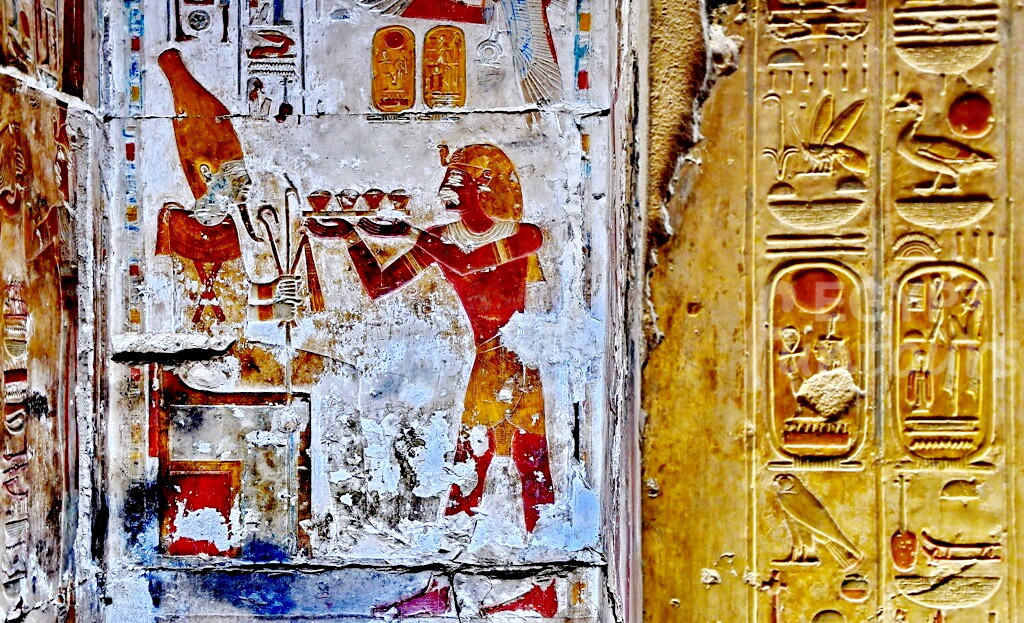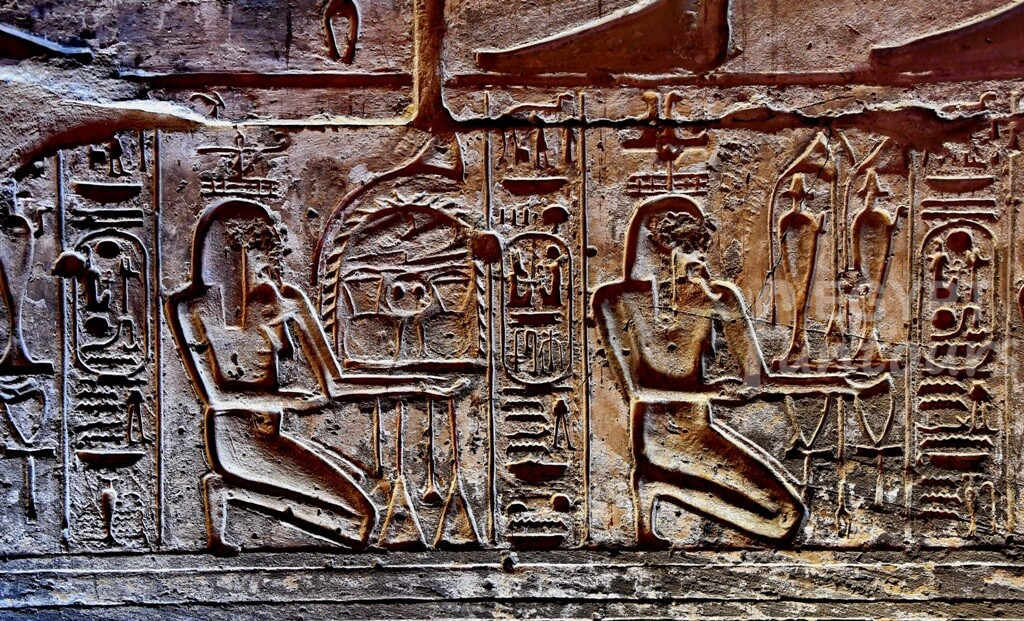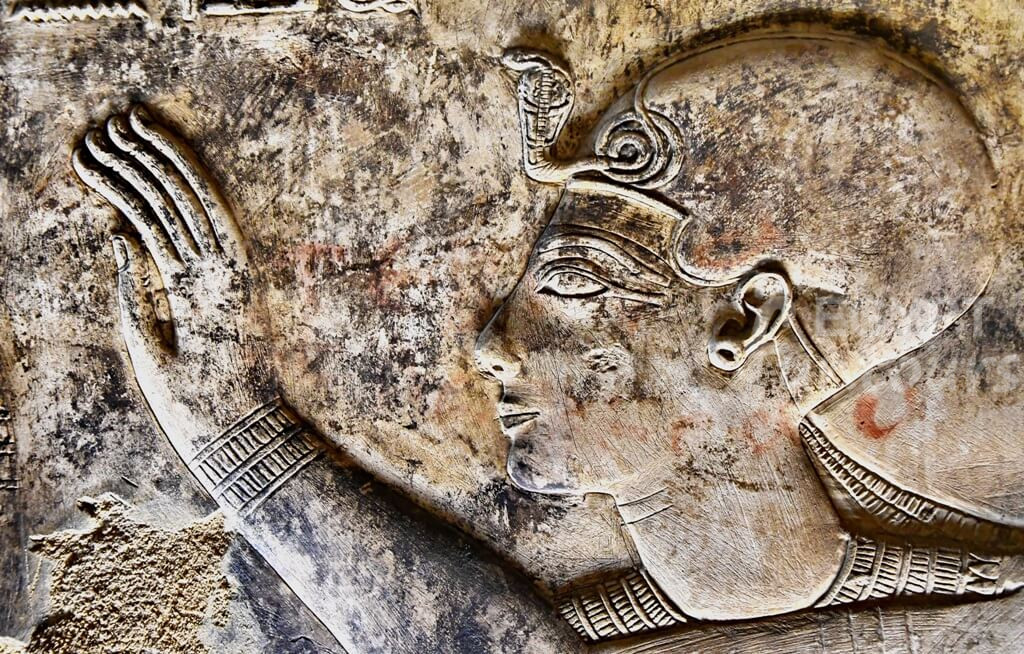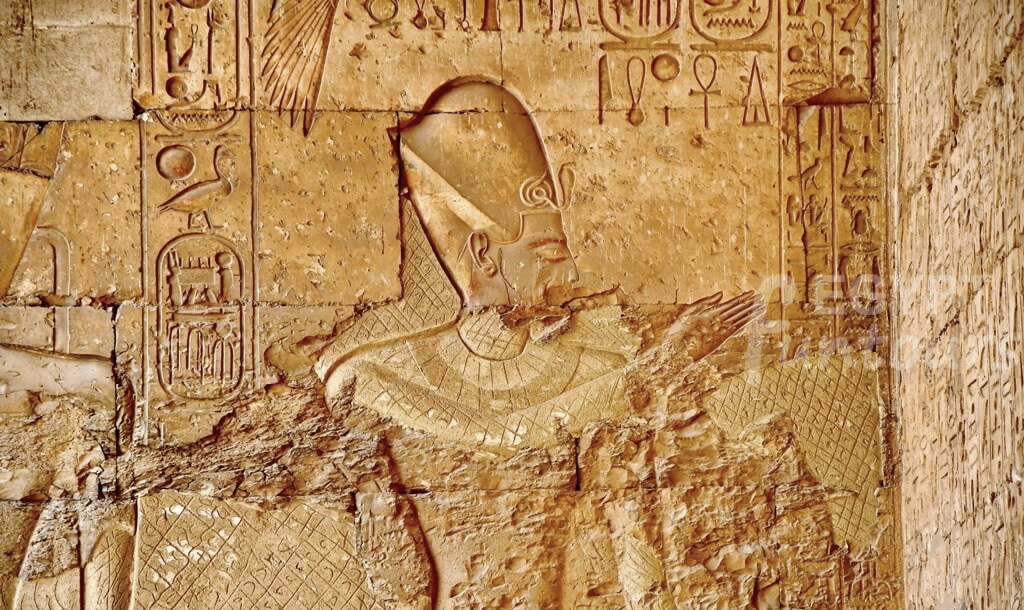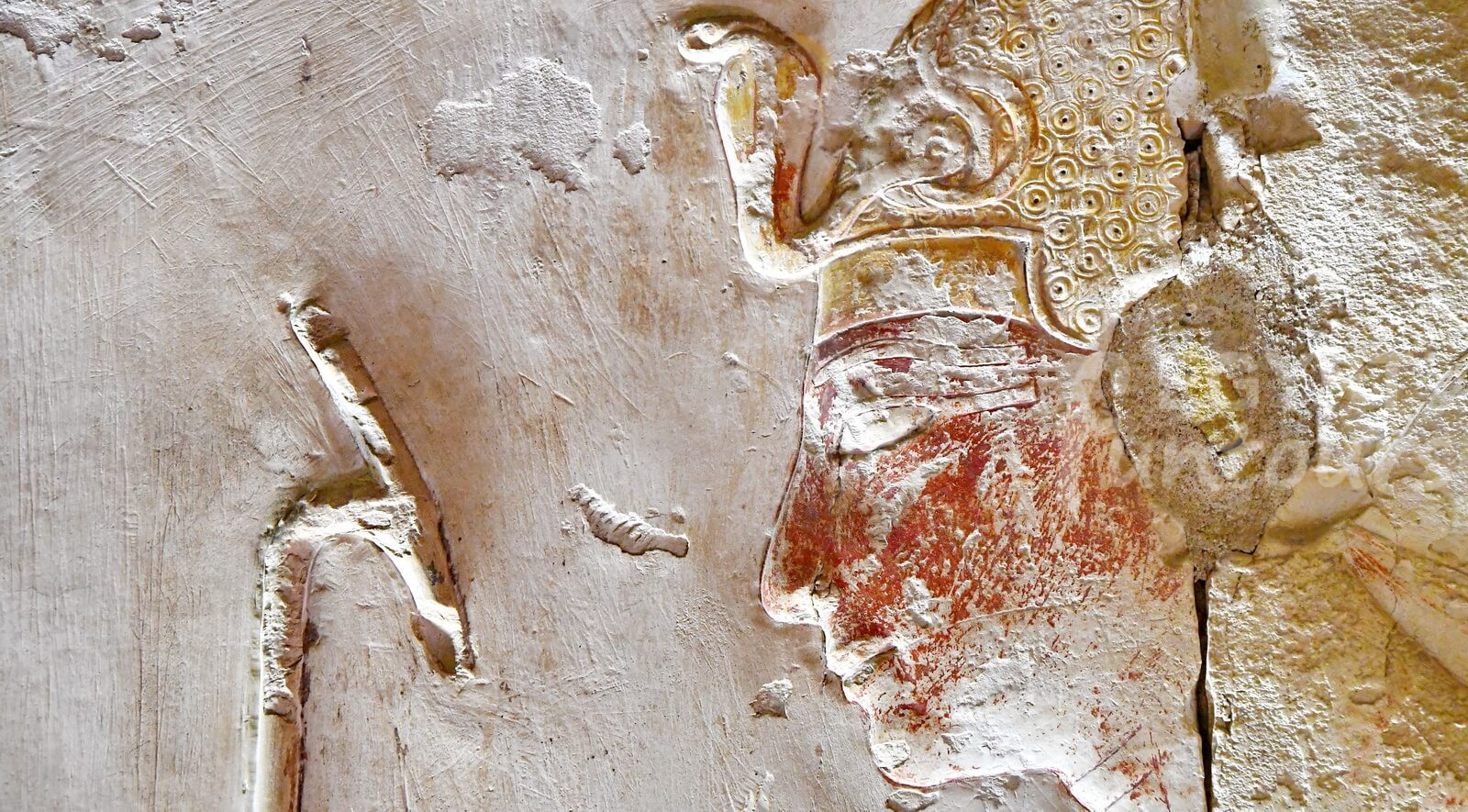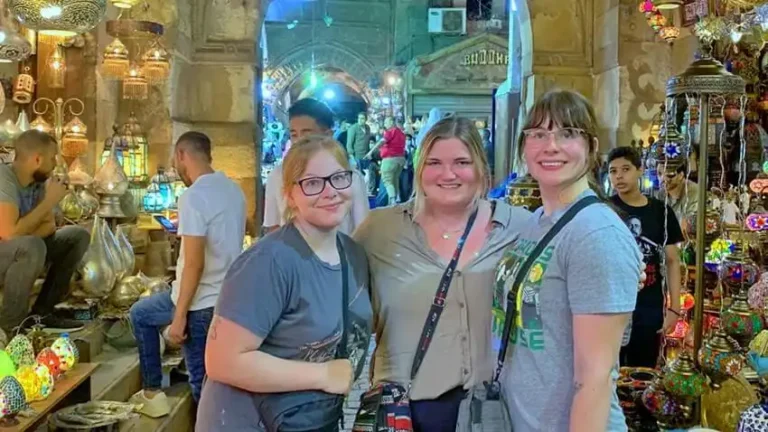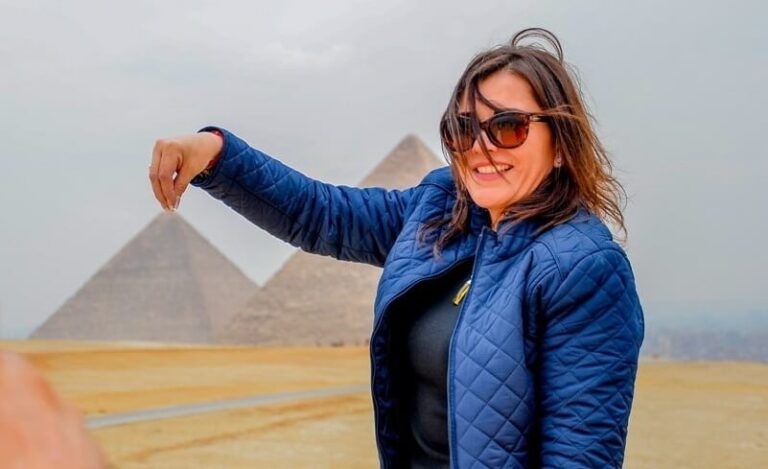If you have time for one “long-haul” day trip from Luxor, make it this one.
Far from the bustling crowds, a 3-hour drive north of Luxor, lies a site so sacred, so beautiful, and so important that it was considered the spiritual heart of ancient Egypt for over 3,000 years.
Welcome to Abydos. This is not just another temple; this was the “Mecca” or “Vatican” of its time. Ancient Egyptians believed this was the legendary burial place of the god Osiris, the lord of the underworld. He symbolized stability and was the God of All Gods of the Afterlife. To the ancient Egyptians, this was the holiest ground on Earth, and it was their life’s ambition to make a pilgrimage here at least once.
At the heart of this sacred land is the Great Temple of King Seti I. Pharaoh Seti I started its construction, and his son, the great King Ramesses II, completed it. The temple contains a “cheat sheet” to all of Egypt’s pharaohs and what many experts consider to be the most beautiful, delicate, and best-preserved artwork in all of Egypt.

